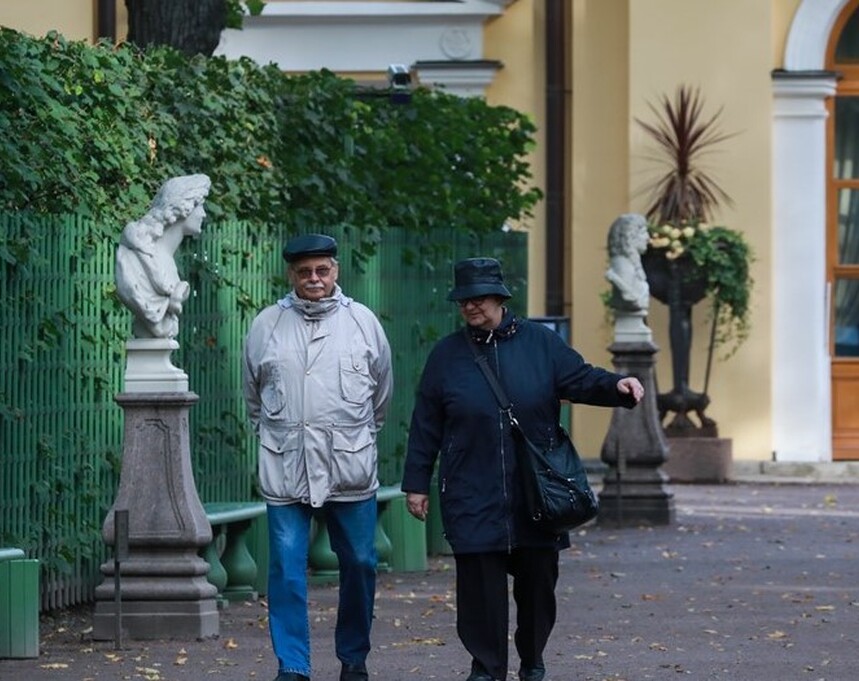
In the sprawling tapestry of Russia’s urban centers, Moscow and St. Petersburg have emerged as the twin beacons of hope for the nation’s elderly. A recent study has crowned these cities as the best places for those over 55 to live, thanks to a blend of robust healthcare systems, cultural vibrancy, and economic stability. The research, which examined factors like life expectancy, poverty rates, and access to leisure activities, paints a vivid picture of how these cities are setting the gold standard for aging gracefully.
Moscow, with its gleaming skyscrapers and bustling streets, leads the pack with an impressive life expectancy of 29.8 years for 55-year-olds. St. Petersburg, the cultural heart of Russia, isn’t far behind, offering its residents an additional 26.5 years of life. These figures aren’t just numbers—they’re a testament to the cities’ commitment to healthcare innovation and preventive medicine. St. Petersburg’s health committee credits timely medical check-ups and advanced healthcare programs for this longevity, while Moscow’s deputy mayor, Anastasia Rakova, highlights the city’s focus on active aging through initiatives like the "Moscow Longevity" project, which has been enriching the lives of seniors since 2018.
But it’s not all about health. Both cities have made significant strides in ensuring that their elderly populations remain socially and culturally engaged. From theater performances to museum tours, seniors in Moscow and St. Petersburg are encouraged to stay active and connected. In contrast, regions like Ingushetia, Chechnya, and Zabaykalsky Krai lag behind, grappling with higher poverty rates and limited access to cultural activities. For instance, in Zabaykalsky Krai, only 20.4% of seniors attend cultural events, a stark contrast to the vibrant social scenes in Russia’s two largest cities.
Despite these successes, challenges remain. The aging population is growing rapidly, with 24.5 million Russians aged 65 and older in 2023—a significant increase from 19.2 million in 2014. This demographic shift is putting pressure on cities to adapt, particularly in regions where poverty and healthcare access remain critical issues. St. Petersburg, for example, is bracing for a surge in its elderly population, which is expected to reach 1.6 million by 2026, accounting for nearly 28% of the city’s residents.
As Russia’s population ages, the spotlight on cities like Moscow and St. Petersburg will only grow brighter. Their ability to balance healthcare, economic stability, and cultural engagement offers a blueprint for other regions. Yet, the disparities between urban centers and less affluent areas serve as a reminder that the journey toward equitable aging is far from over. For now, though, Moscow and St. Petersburg stand as shining examples of what’s possible when a city invests in its seniors.